A Look Back At The Biggest Headlines Of 1965
The ’60s is often framed as a decade that began with the Kennedy assassination in 1963 and was bookended by 1969’s events, which included Woodstock and the moon landing. But all of these events had throughlines that spanned the entire decade, and 1965 fell right at the midway point of this pivotal time.
In 1965, the hippie movement was still in its primordial phase, America had not yet become completely disillusioned with Vietnam, and NASA was a long way from reaching the moon. But that doesn’t mean that 1965 wasn’t a significant year — far from it, in fact.
Bloody Sunday marked a pivotal flashpoint.
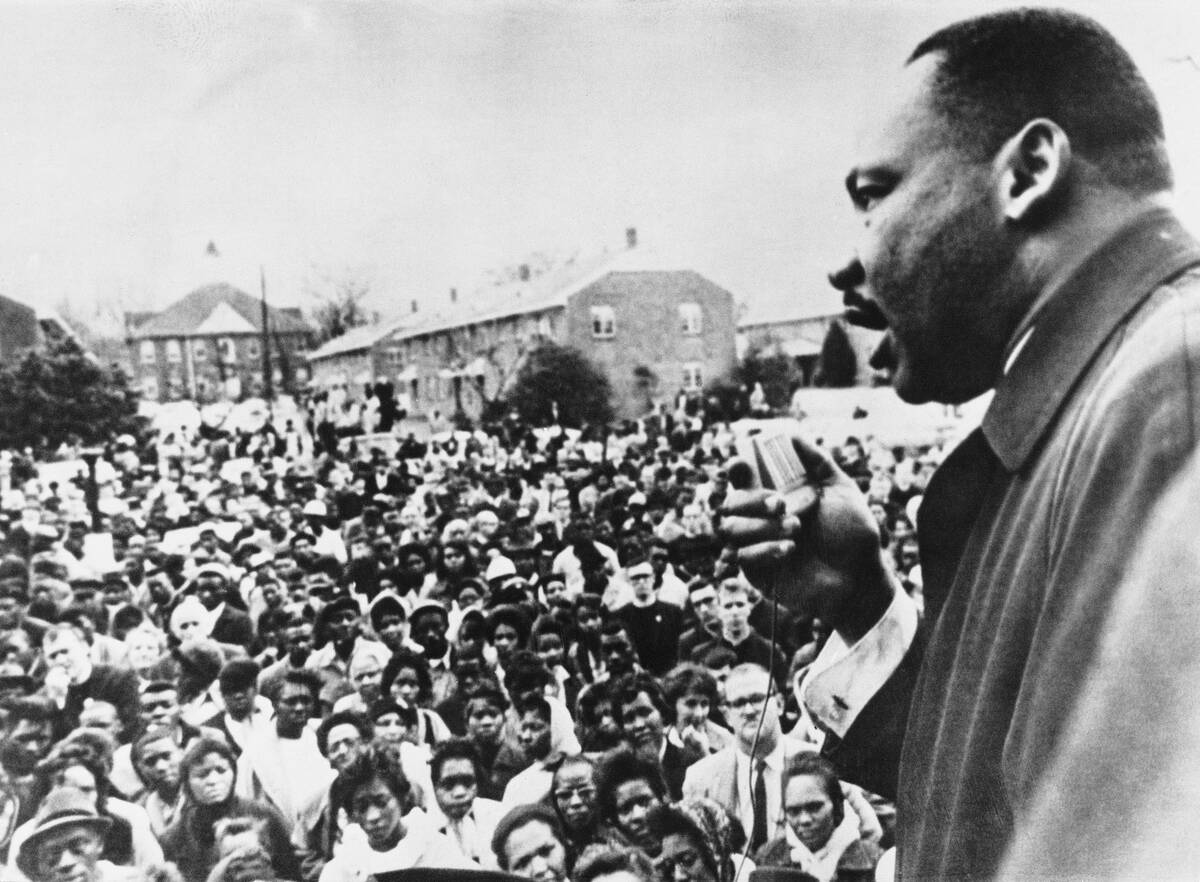
An early flashpoint of the civil rights movement occurred in Selma, Alabama on March 7, 1965 — a day that would become known as Bloody Sunday in retrospect. As civil rights activists attempted to cross Selma’s Edmund Pettus Bridge, they were met by state troopers and local law enforcement.
While the protesters were peaceful and unarmed, the police were brutal and armed with clubs, tear gas, and even whips. Images of the violence were broadcast on national television, spurring outrage and putting pressure on lawmakers to address these systemic issues.
LBJ signed the Voting Rights Act into law.
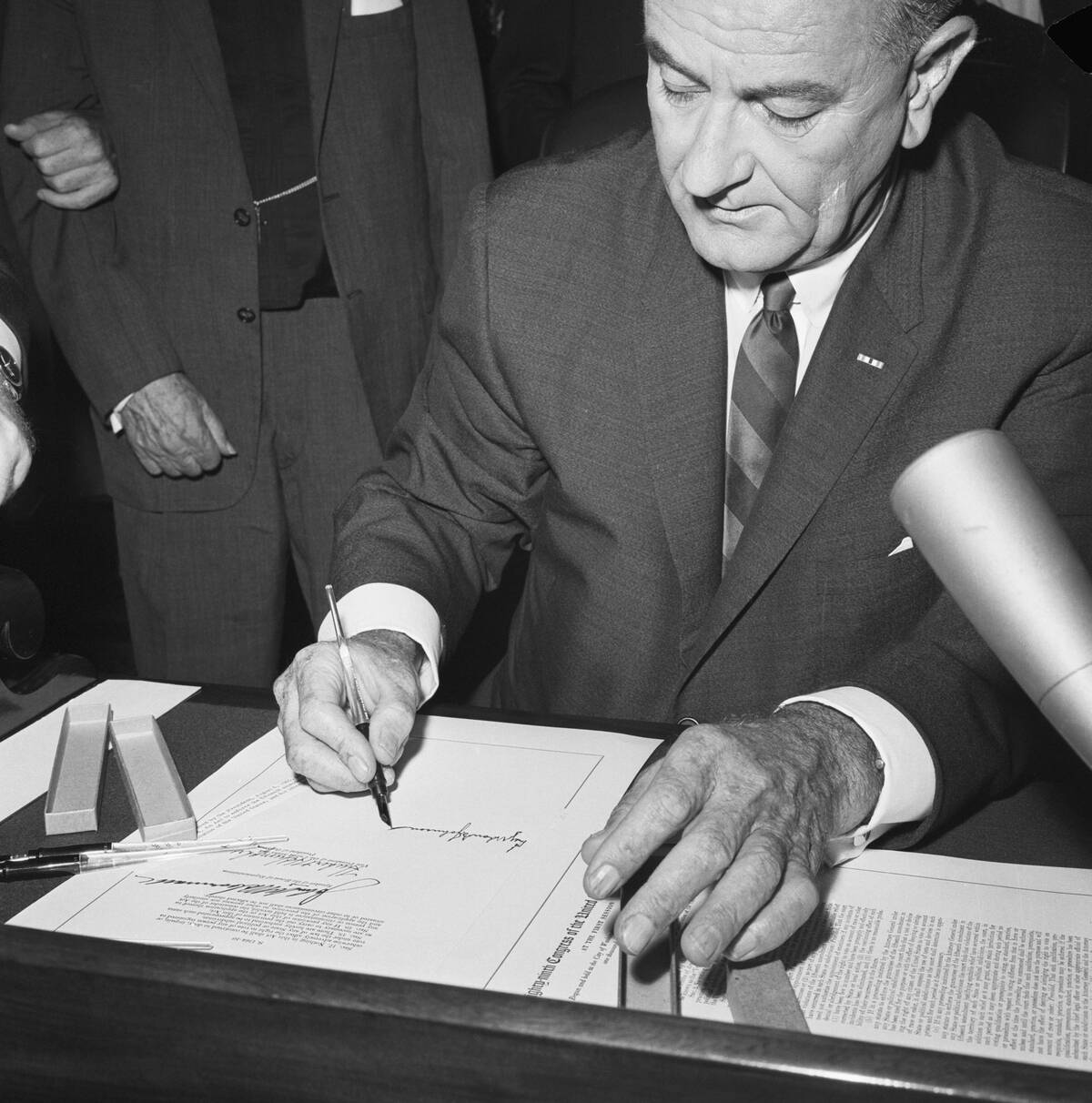
Events like Bloody Sunday prompted Washington to take notice, and on August 6th — five months, nearly to the day, since Bloody Sunday — President Lyndon B. Johnson signed the Voting Rights Act of 1965 into law. The document was intended to overcome legal barriers at both the state and local levels that had been disenfranchising Black voters for decades.
Among the changes in the act was banning literacy requests as a prerequisite to voting, and giving the Attorney General increased power to enforce the law. As a result, there was a dramatic increase in Black voter and registration and participation.
The Vietnam War continued to escalate.

At the beginning of 1965, Vietnam wasn’t a top of mind issue for most Americans, as the United States was only serving an advisory role in the conflict. That shifted throughout the year, though, as the U.S. transitioned from this advisory role into active combat.
The launch of Operation Rolling Thunder, a sustained campaign against North Vietnam, saw the first U.S. ground combat troops deployed to Vietnam. By the end of 1965, over 180,000 American troops were stationed in Vietnam.
Malcolm X was assassinated.
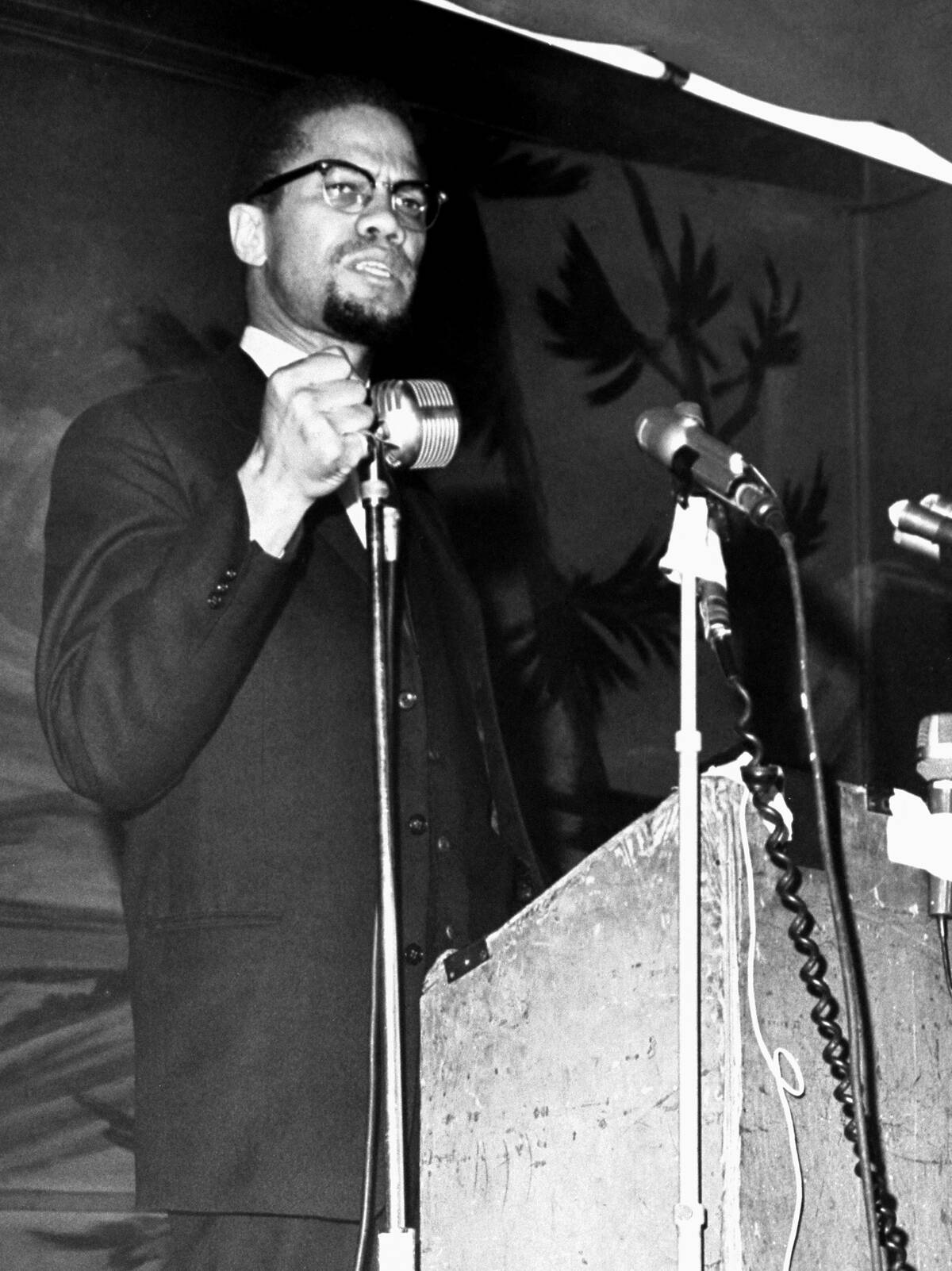
Malcolm X, a prominent if divisive civil rights leader, was gunned down during a rally at New York’s Audubon Ballroom on February 21st when three assassins rushed the stage and shot him multiple times.
The shocking attack occurred shortly after Malcolm broke from the Nation of Islam and founded the Organization of Afro-American Unity, which reflected a more inclusive approach to empowerment.
The Watts Riots shocked the world.
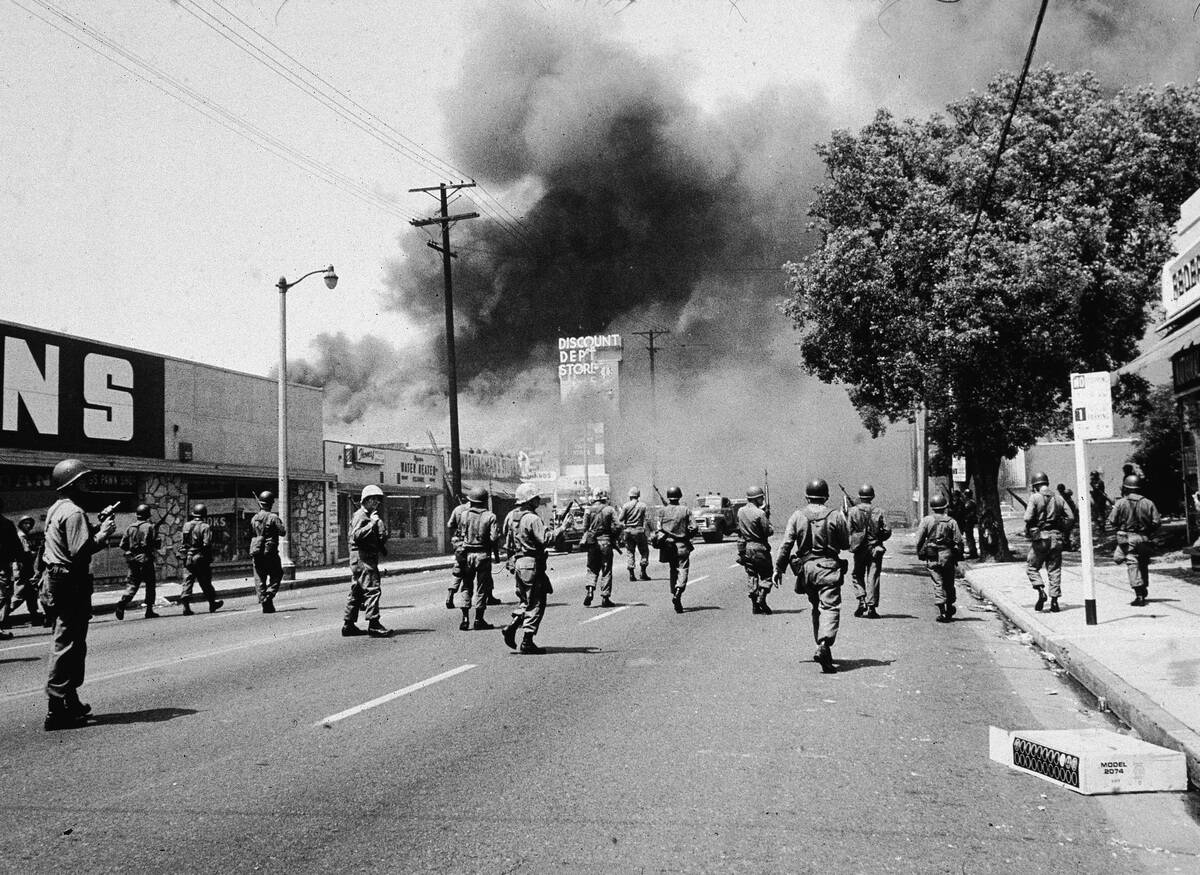
In August, Marquette Frye, a young Black man from the Watts neighborhood of Los Angeles, was arrested. This simple arrest created a snowball effect of rising tensions in Watts, as residents voiced their displeasure over police brutality, systemic racism, and poverty.
The Watts Riots grew and grew, lasting six days in total. When the smoke had cleared, more than 30 people had been killed. While many at the time viewed the event as an isolated incident, it was really just a sign of things to come.
A massive power failure struck the northeastern United States.
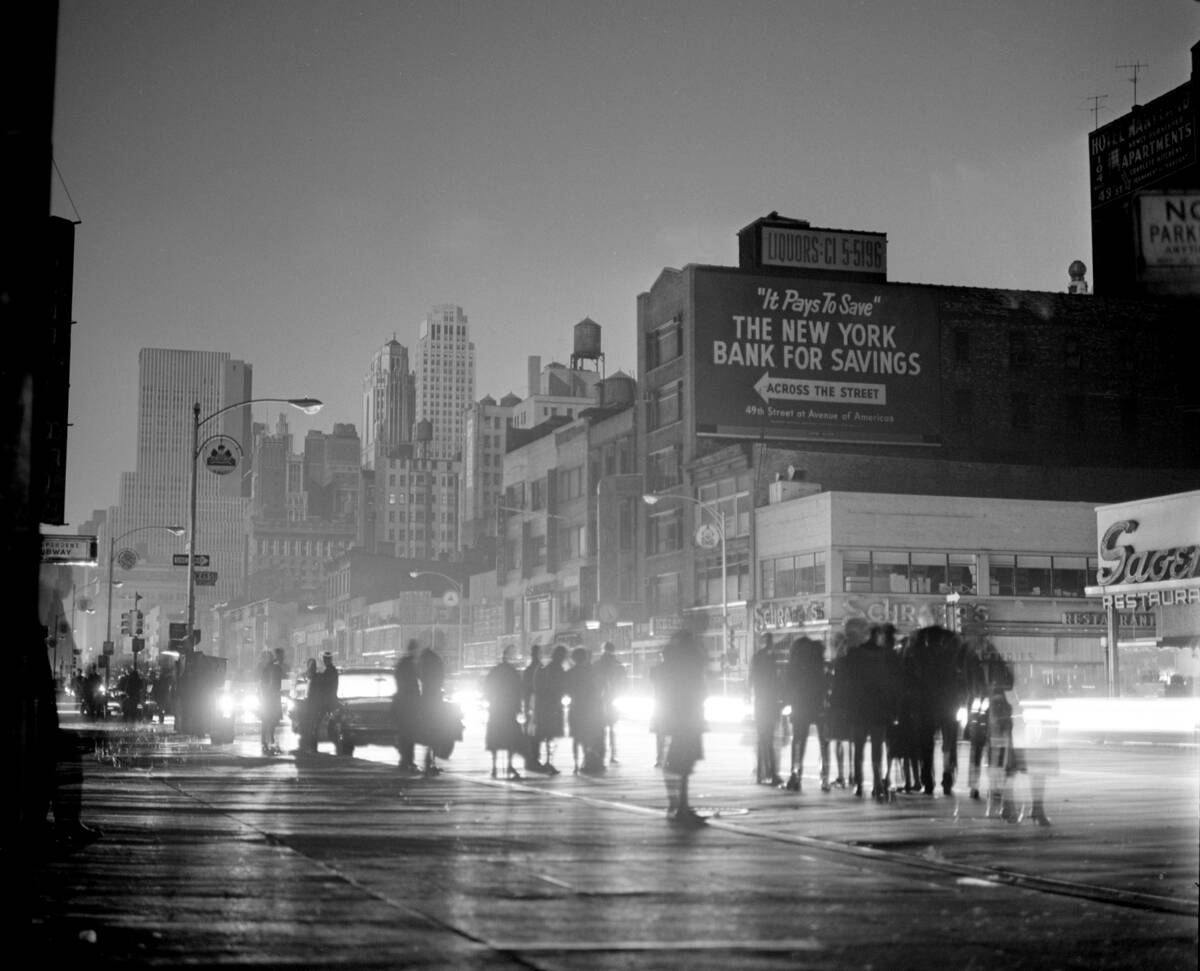
A faulty relay at a power station near Niagara Falls caused much of the northeastern United States and parts of Canada to be plunged into darkness on the evening of November 9th. Over 30 million people in total were affected, and major cities like New York, Boston, and Toronto were in the dark for up to 13 hours.
A nervous public anticipated looting and violence, but the event was, for the most part, completely peaceful. Because of this, those who lived through what became known as the Great Northeast Blackout often remember it fondly.
The president declared war on poverty.
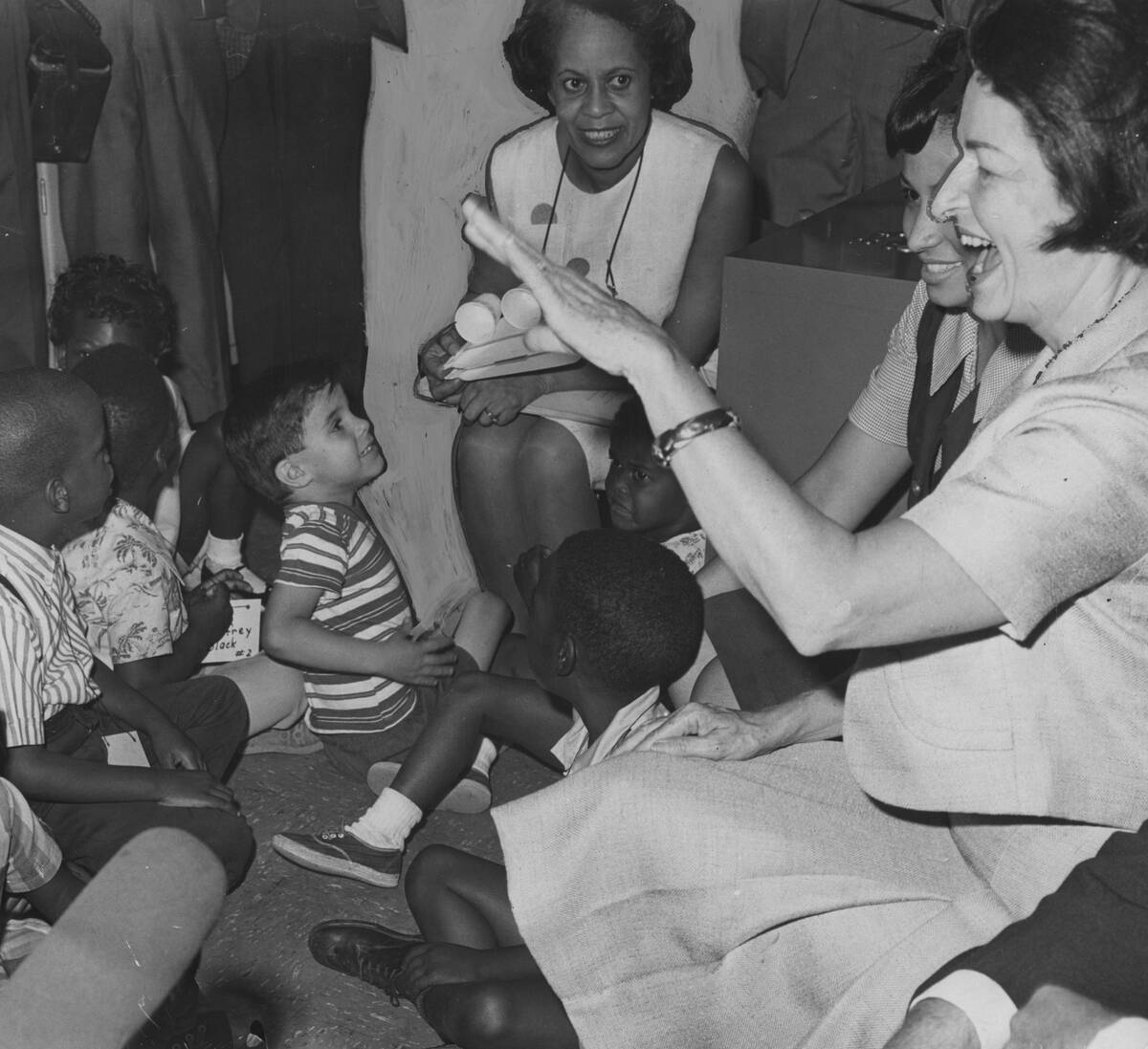
The Johnson administration launched the ambitious Great Society Programs in the 1960s, and one facet of this — the Head Start Program — was aimed at providing early education along with health and nutrition services to disadvantaged children nationwide.
While it was initially designed to be an eight-week summer program, it proved popular and was expanded to become a year-round initiative.
Medicare and Medicaid were signed into law.
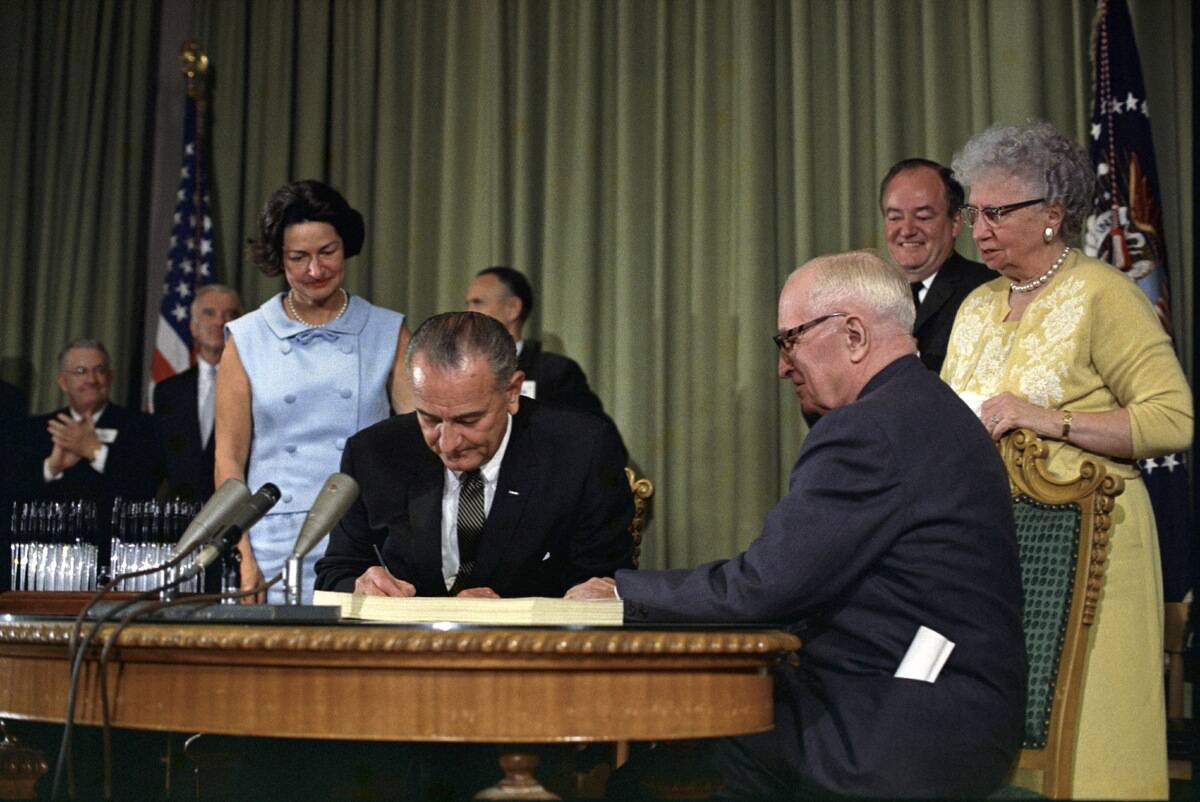
Another massive change brought on by the Johnson administration was the the creation of Medicare and Medicaid, which would go on to become two of the most transformative programs in American healthcare.
Medicare provided health insurance to Americans aged 65 and older, regardless of their income or medical history, while Medicaid offered healthcare access to low-income people. The programs were a long time coming, too, dating back to the work of President Truman years earlier.
NASA continued to make incremental progress.
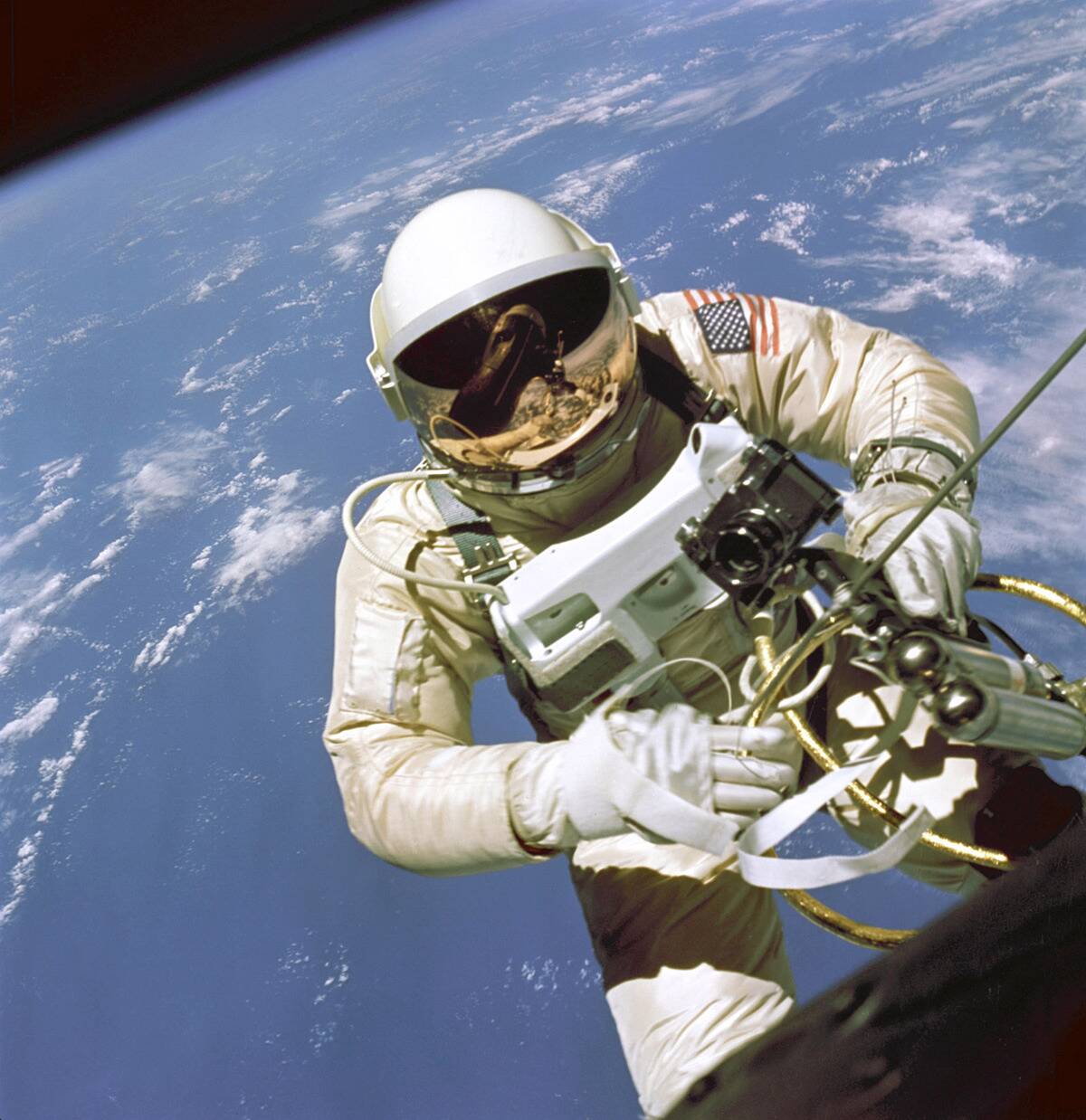
NASA’s Gemini program was designed to serve as a bridge between the Mercury and Apollo programs, and had the ambitious task of testing advanced space technologies in advance of the 1969 moon landing.
Most dramatic among the Gemini missions was Ed White’s spacewalk on June 3, in which the astronaut floated in space while tethered to his spacecraft. The program was a resounding success, and achieved its objective of setting the table for the Apollo projects that followed.
Rhodesia declared itself independent from Britain.
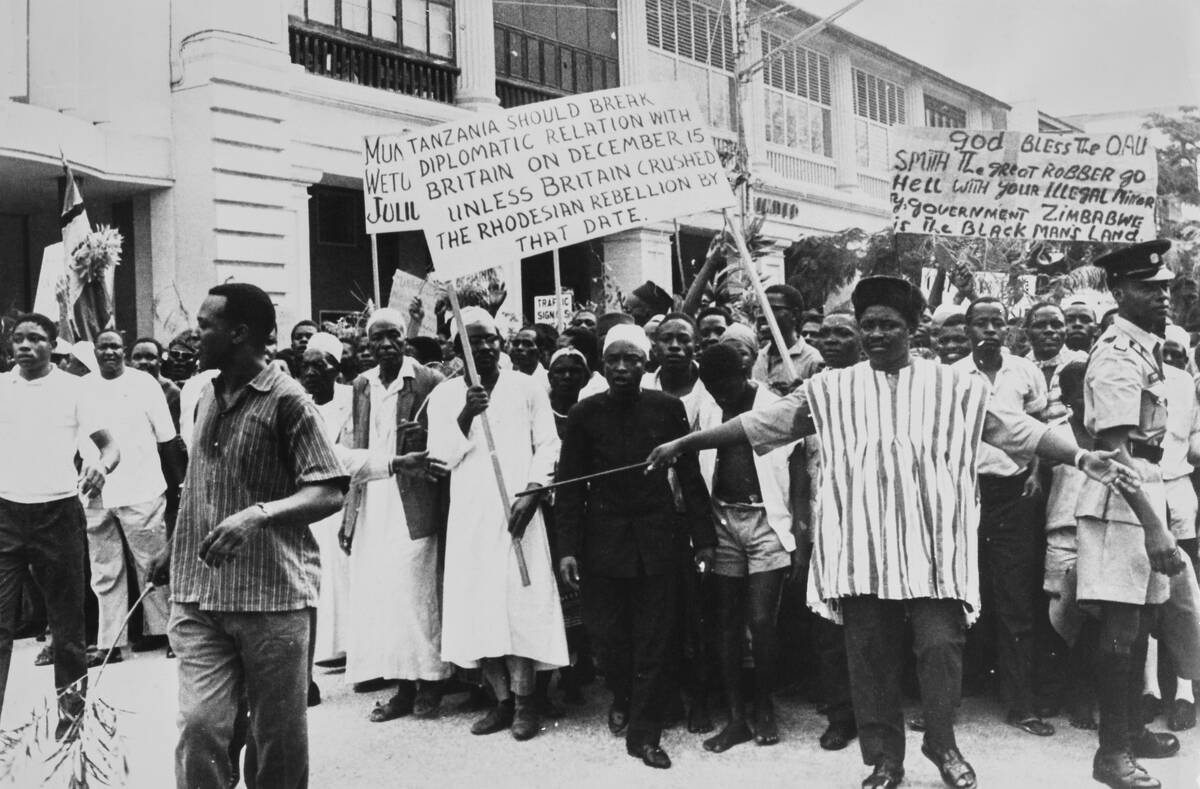
Rhodesia, a British colony led by a white-minority government, issued a Unilateral Declaration of Independence (UDI) from Britain in November. It was a shocking and unprecedented move for a British colony to take, and was immediately condemned by the international community.
Many countries refused to recognize Rhodesia, and while no countries invaded, the UDI plunged Rhodesia into years of political isolation and internal strife. In 1979, this would culminate with Rhodesia’s transformation into the internationally recognized nation of Zimbabwe.
The pontiff makes a historic visit.
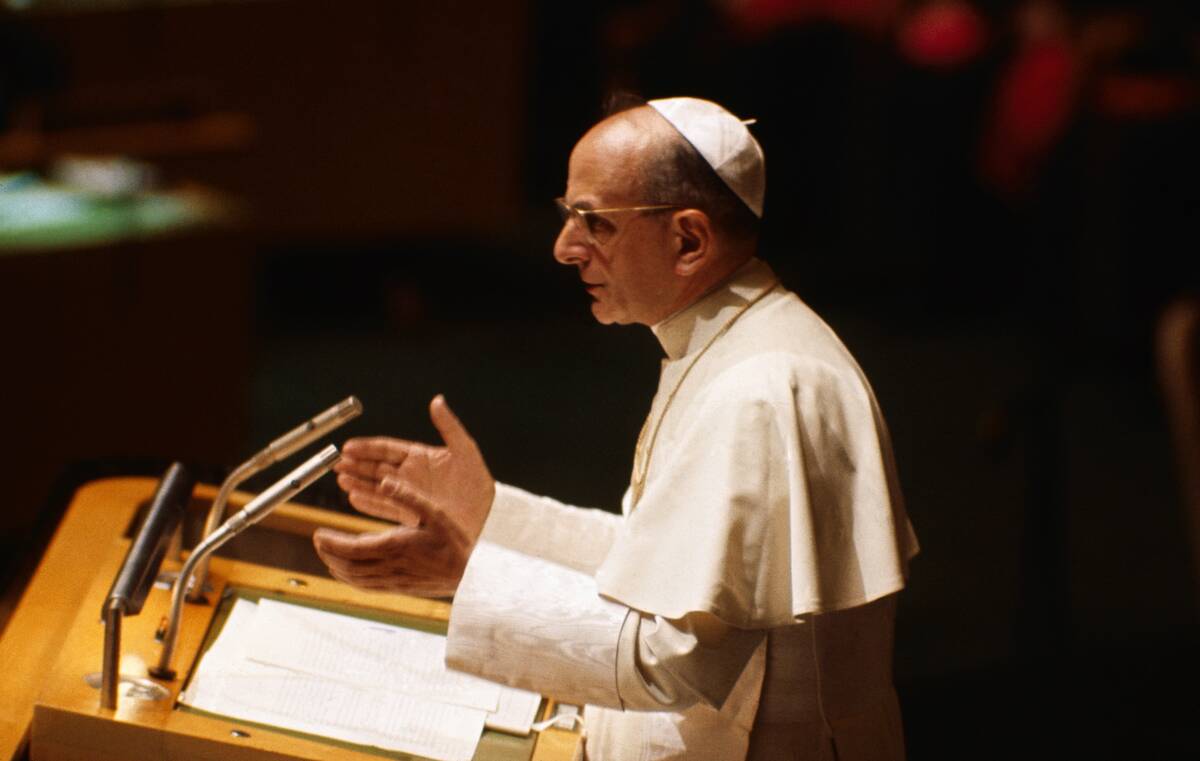
Pope Paul VI’s visit to the United States in October of 1965 was historic for a number of reasons. Not only was it the first time a pontiff had visited the U.S., but it was also notable for Paul involving himself in geopolitics.
His primary purpose in the U.S. was to speak at the United Nations General Assembly in New York to make an impassioned plea for peace and disarmament during one of the darkest periods of the Cold War. His speech remains one of the most memorable papal speeches of all time.
The Supreme Court ruled on contraception.
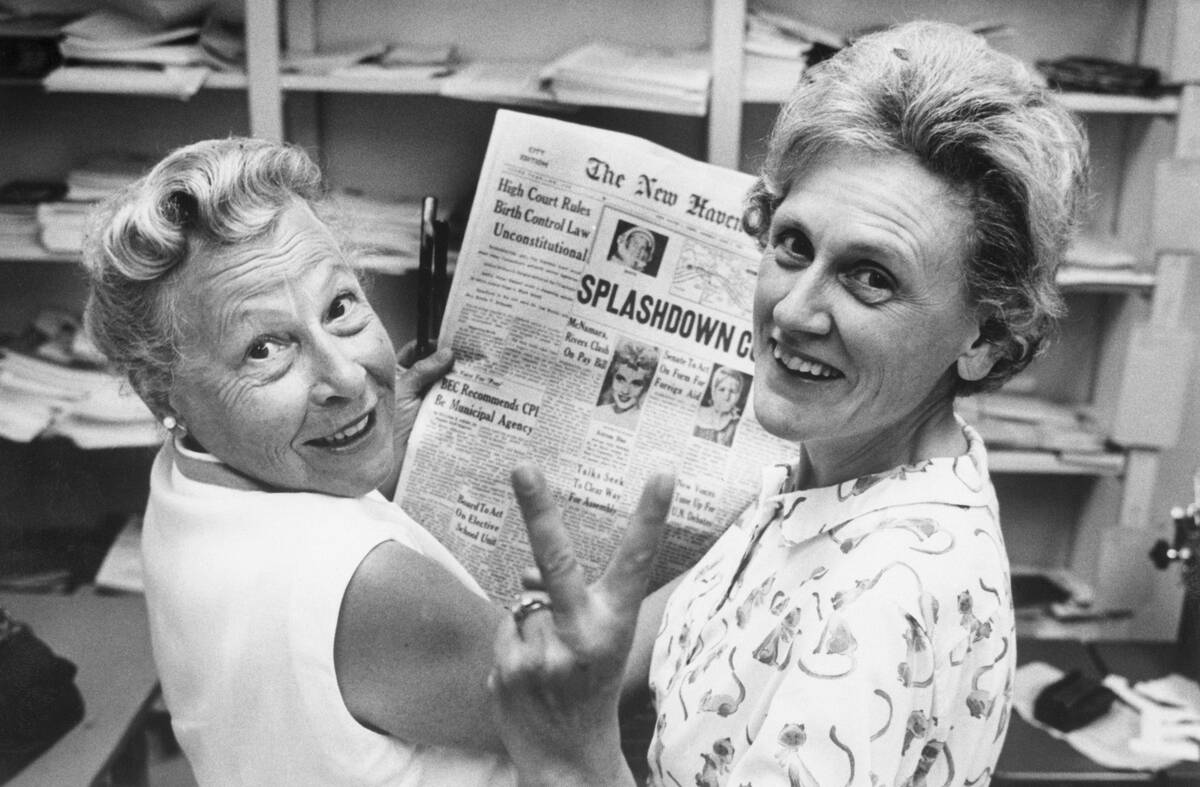
A landmark 7-2 Supreme Court decision in the case of Griswold v. Connecticut ensured that states could no longer ban the use of contraceptives. The case was brought by Estelle Griswold of the Planned Parenthood League of Connecticut and Dr. C. Lee Buxton, who’d been arrested for providing women with birth control.
The decision set a powerful legal precedent not just for women’s rights, but also for individual privacy rights as a whole. It would also mark a key victory for the nascent women’s liberation movement.
Early anti-Vietnam protests gained momentum.
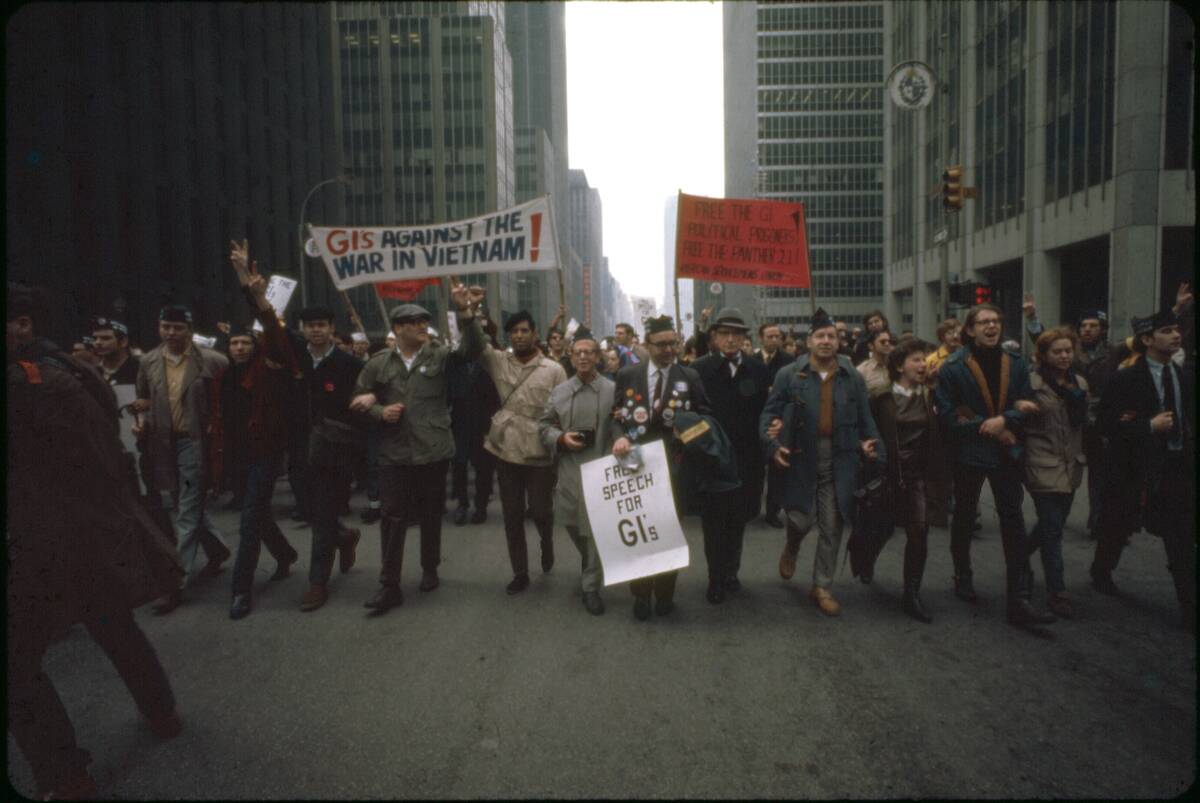
As President Johnson continued to escalate the Vietnam War throughout 1965, antiwar sentiment experienced a surge, gradually crystallizing into a visible protest movement.
Over 20,000 people gathered in Washington for the first major protest, which took place in April. This momentum was carried forward largely by organizers and students at college campuses. As prominent voices ranging from Dr. Martin Luther King Jr. to folk singers like Joan Baez and Bob Dylan voiced their displeasure with the war, the anti-Vietnam movement became increasingly vocal.
The Fab Four played at Shea Stadium.
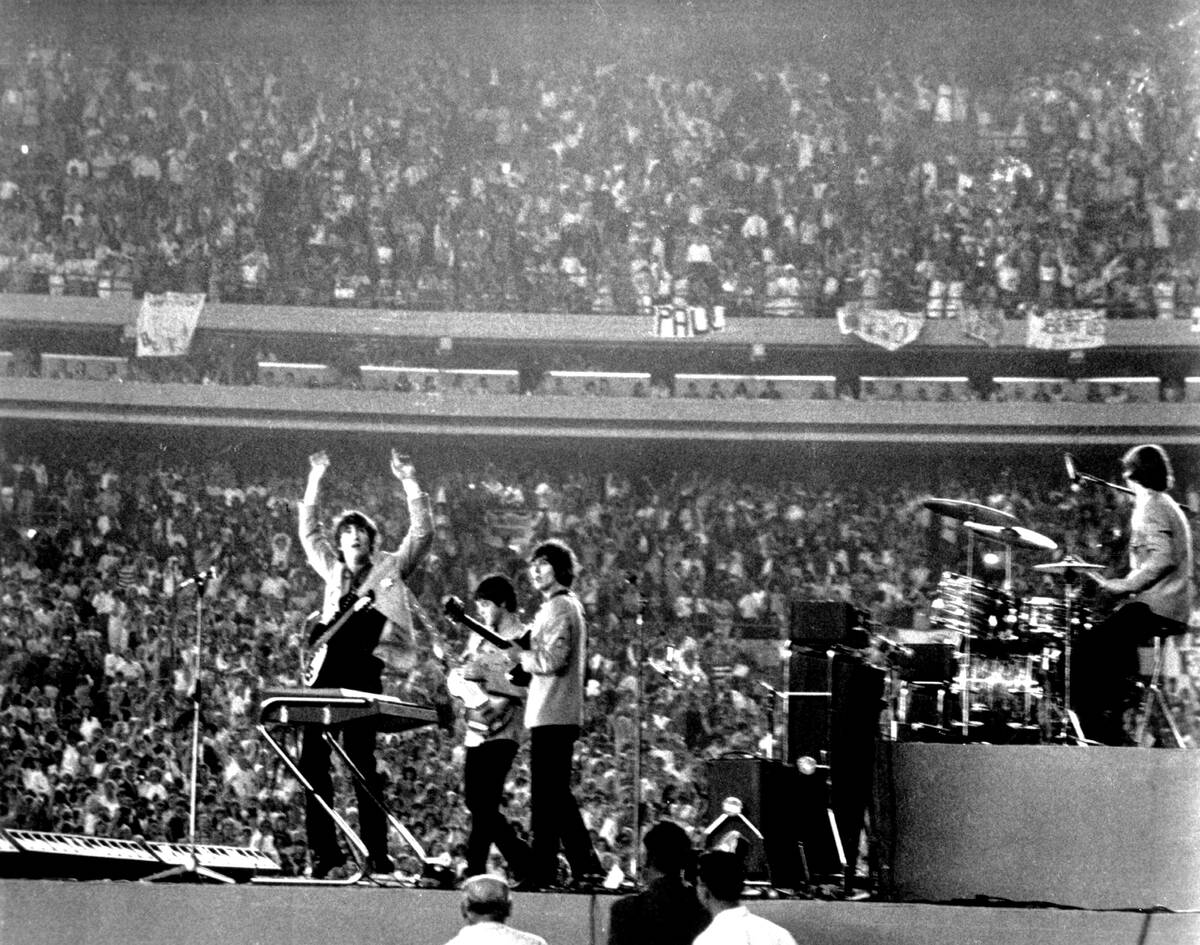
In 1965, at the height of Beatlemania, the Fab Four performed at New York’s brand-new Shea Stadium in front of a massive crowd of 55,000 people — at the time, the largest-ever audience for a rock concert.
The acoustics were lacking and the music was frequently drowned out by the crowd, but the concert was a massive success. It not only cemented the Beatles’ place in the music pantheon, but also helped set the precedent for big stadium rock concerts.
Ralph Nader changed the auto industry.
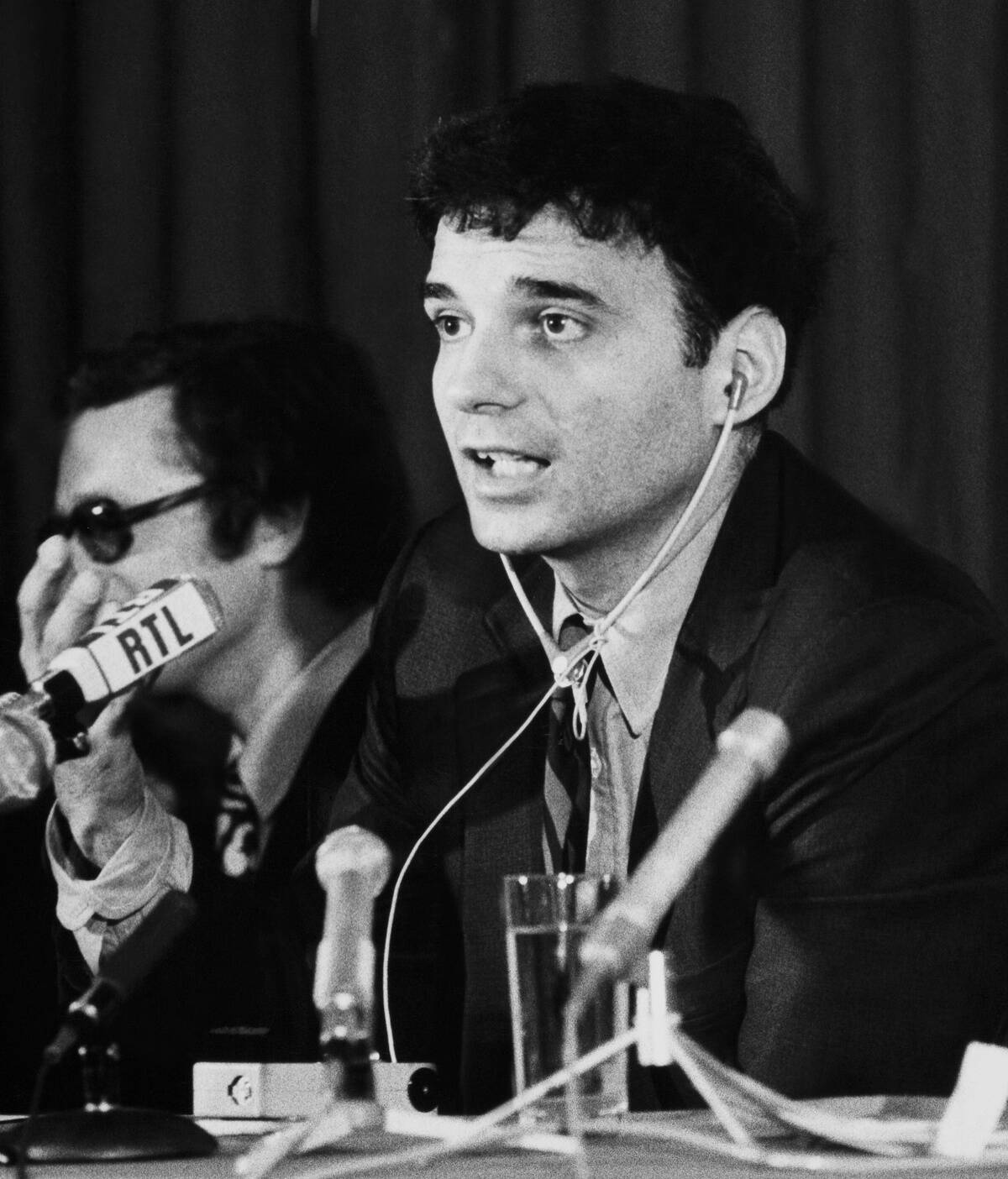
Activist and future presidential candidate Ralph Nader published Unsafe at Any Speed in 1965, a scathing takedown of the lack of safety oversight in the American automobile industry.
Nader cited design flaws, lack of safety features, and lack of government regulation in a book that became tremendously influential. An ill-advised attempt by automakers to discredit Nader only backfired, leading to a public apology. The following year, the National Traffic and Motor Vehicle Safety Act was passed, addressing many of the concerns outlined in Nader’s book.




